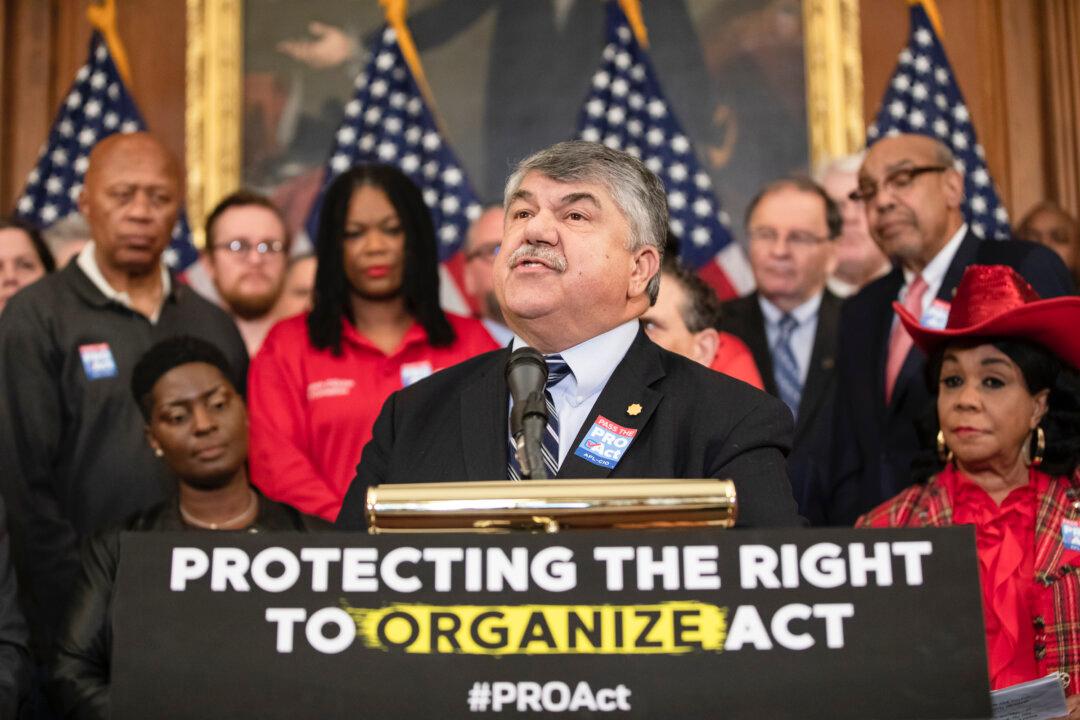Commentary
For many decades now, the percentage of private-sector American workers who belong to a labor union has been declining.


For many decades now, the percentage of private-sector American workers who belong to a labor union has been declining.